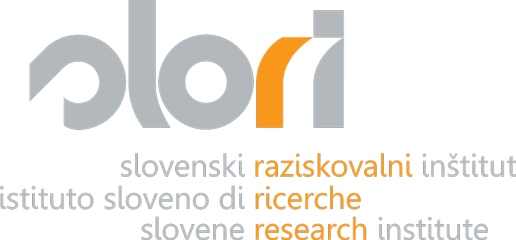Research project
Project promoter: The school net (Didactic directorate of Sv. Jakob – coordinator, Didactic directorate of 2. Circolo, Didactic directorate of Sv. Ivan, Comprehensive institute Marco Polo)
Project performer: SLORI-Slovene Research Institute (resp. Norina Bogatec)
Project implementation period: 2005-2007
Project Mosaic is the name of a research project about the influence of a multi-ethnical environment on the elementary education in some city schools of Trieste, where the presence of pupils belonging to different nationalities is conspicuous.
In the last years the ethnical and language features of the pupils in the schools with both Slovene and Italian as teaching language changed a lot. The presence of children of non Italian and/or non Slovene origins is undoubtedly interesting for the schools in Trieste, but it also represents a major challenge. The motivations, the expectations and the needs of the parents are quite different because of the heterogeneous composition of the school population and in some cases they may also collide. One of the main issues of the modern school, both Italian and Slovene, is how to cope with the different needs without reducing the meaning of education in the minority and/or majority language.
This is the basis for the Projekt Mozaik – Učinki večetničnega okolja na osnovno šolanje / Progetto Mosaico – Effetti dell’ambiente multietnico sull’istruzione primaria / Project Mosaic – effects of the multiethnic environment on the primary school education. The research was carried out in the primary schools of four directorates in Trieste: in two directorates with Slovene as teaching language (Sv. Jakob and Sv. Ivan) and in two schools with Italian as teaching language (Duca d’Aosta and Umberto Gaspardis). The research was carried out by the SLORI – Slovene research institute, with the financial help of the Libero Foundation and Zora Polojaz.
We submitted a poll in the year 2006 and asked the parents, which were the reasons for the selection of the school, how much do they know the teaching language and how often do they speak it, which are the positive and the negative aspects of the presence of children with different nationalities in the same class and how do the children feel in a multi-ethnical environment. The aim was understanding the needs and the difficoulties of the children and of the parents and develop a suitable plan for the forthcoming years in cooperation with other local institutions. In the year 2007 the research was completed with a poll submitted to the teachers and to the pupils of the 4th and 5th grade (9 and 10 years old children).
The analysis of the first results was first presented at a press conference in the Trieste Chamber of Journalism in February 2007, and then in all the four School directorates. The data were also presented at the 11th International Conference on Minority Languages (ICML XI), held in July 2007 in Pècs, Hungary.
The results of the whole project are included in a publication published in 2008. The presentation of the publication and the round table ”Šola na poti do nove identitete/La scuola verso la nuova identità” were held on 29th November in the Narodni dom in Trieste.
